A Brief History of Hashish
The origins of hashish can be traced back to ancient civilizations in Central Asia, where it was revered for its medicinal and spiritual properties. Ancient Indian and Persian cultures, in particular, recognized the power of this potent substance.
One intriguing historical tidbit is the connection between hashish and the Hashish Assassins, a secretive Islamic sect. While the name might suggest a wild, drug-fueled group, the reality is more nuanced. The sect used hashish in a ritualistic and symbolic manner, often during initiation ceremonies.
How is Hashish Made?
The process of making hashish is a testament to both art and science. It involves collecting the resin glands, or trichomes, from the cannabis plant. These trichomes are then compressed into various forms, such as blocks, balls, or oil.
One of the most traditional methods is hand rubbing. This technique involves manually rubbing the cannabis flowers to collect the resin. Another popular method is dry ice sifting. This involves freezing the plant material with dry ice and then sifting the trichomes.
Types of Hashish
Hashish comes in various forms, each with its own unique characteristics:
- Moroccan Hash: Renowned for its high quality and earthy flavor.
- Lebanese Hash: Known for its potent effects and sticky texture.
- Charas: An Indian hashish made by hand-rubbing the cannabis plant.
- Hash Oil: A highly concentrated form of hashish, often used in dabbing.
The Effects of Hashish
The effects of hashish can vary depending on factors such as the strain, potency, and individual tolerance. However, generally, hashish can induce feelings of relaxation, euphoria, and altered perception. It can also stimulate creativity and appetite.
How to Consume Hashish
There are several ways to enjoy hashish:
- Smoking: Hashish can be smoked in pipes, bongs, or joints.
- Vaping: Vaporizing hashish allows for a cleaner and more efficient consumption method.
- Dabbing: A more advanced technique involving heating hashish to high temperatures and inhaling the vapor.
- Edibles: Hashish can be infused into various foods and beverages, such as brownies, cookies, or tea.
The Cultural Significance of Hashish
Hashish has played a significant role in various cultures throughout history. It has been used for medicinal, spiritual, and recreational purposes. In some cultures, hashish is still considered a sacred herb and is used in religious ceremonies.
In recent years, there has been a growing interest in hashish, particularly in countries where cannabis has been legalized. As the stigma surrounding cannabis continues to diminish, hashish is gaining recognition as a valuable and enjoyable product.
Whether you're a seasoned cannabis connoisseur or a curious newcomer, hashish offers a unique and rewarding experience. Its rich history, diverse consumption methods, and potent effects make it a timeless classic.



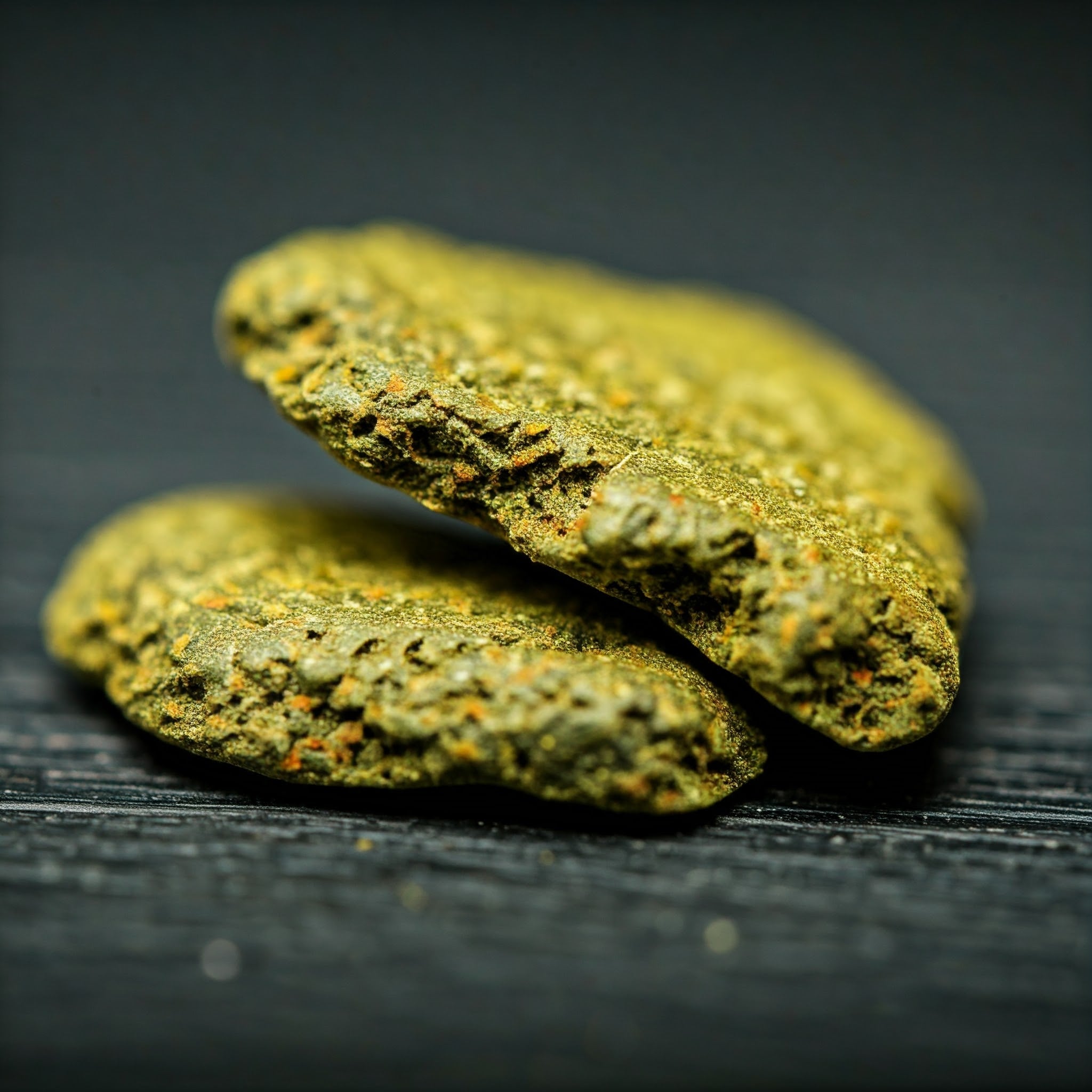



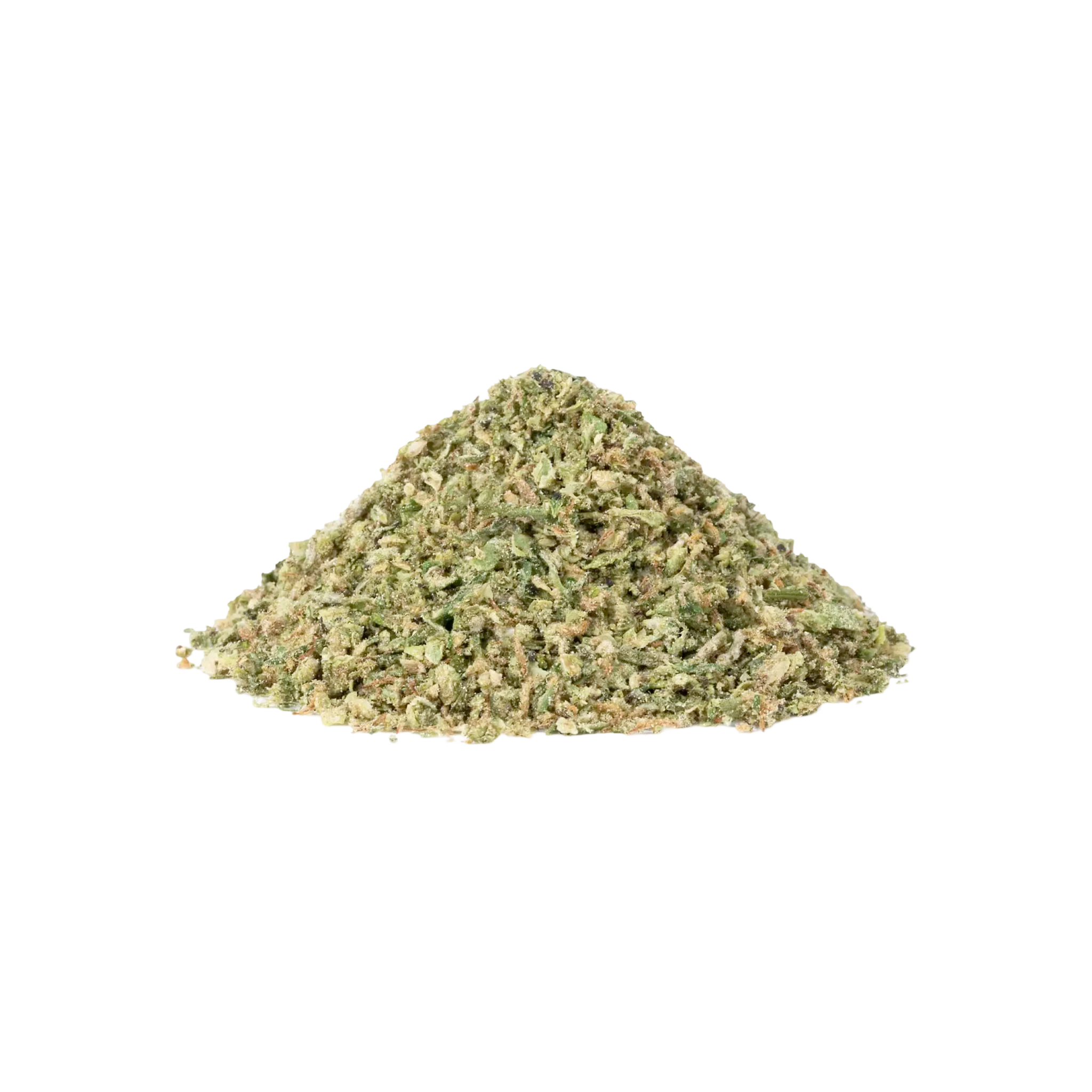
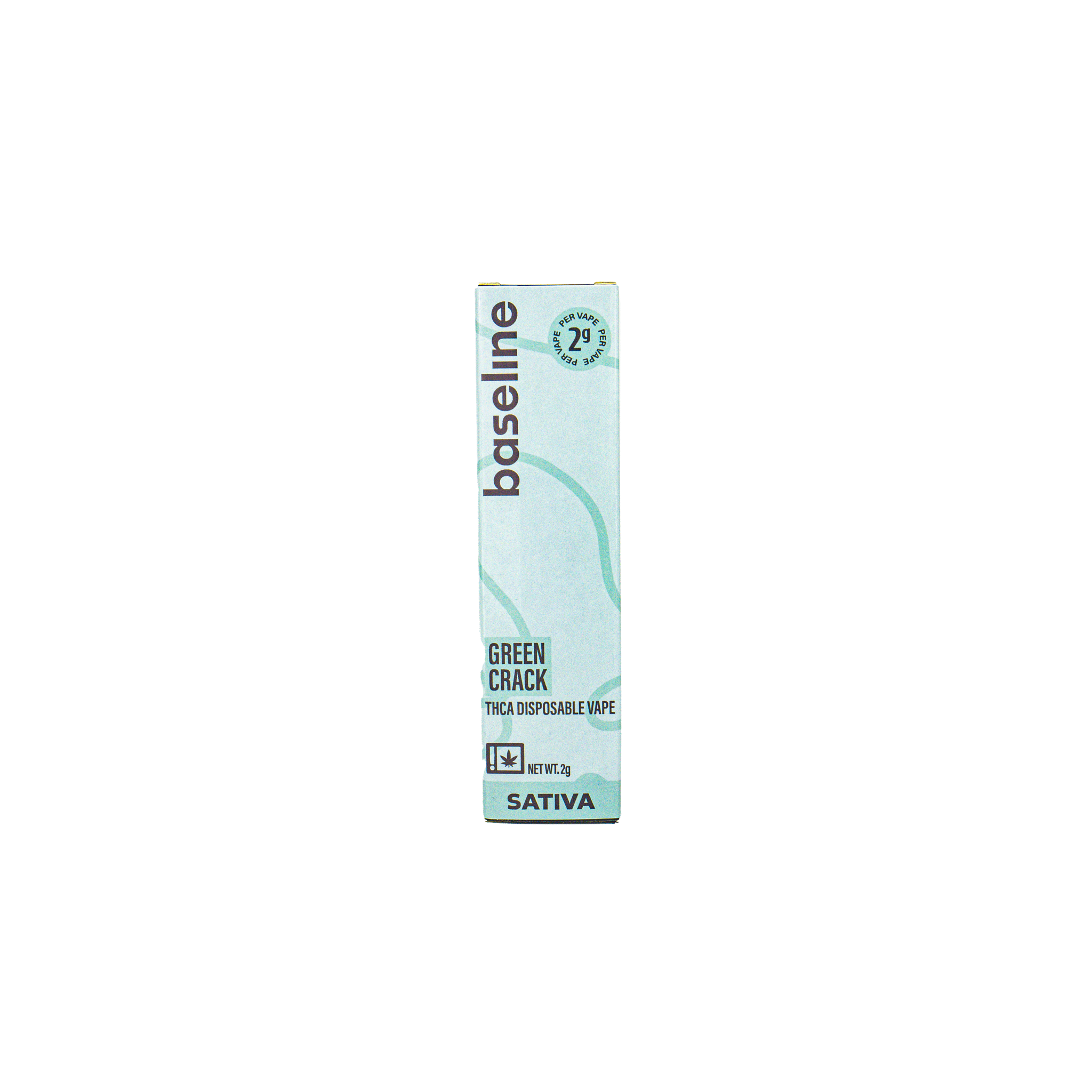
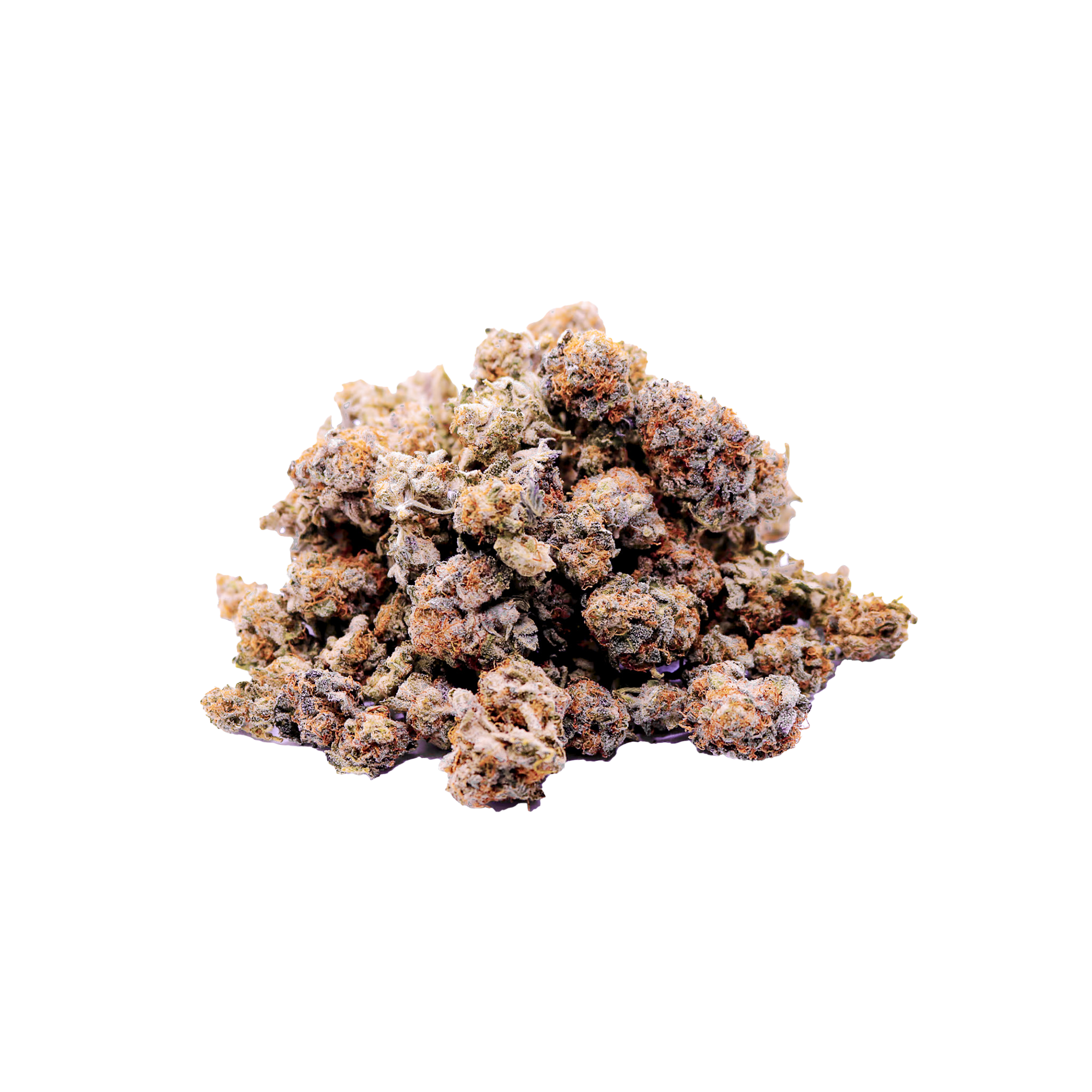

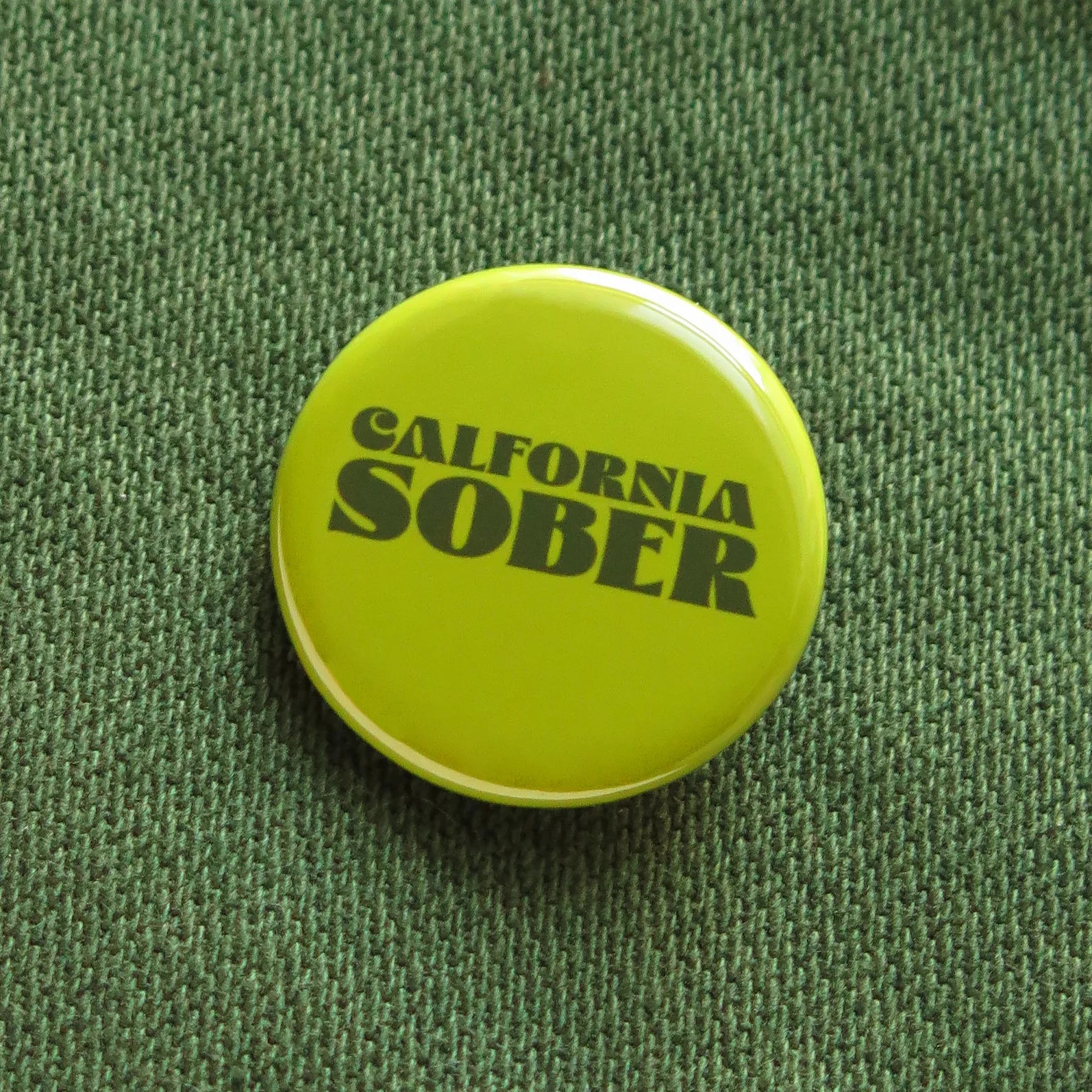
Delta 8 THC: A Milder High, A Legal Gray Area
Blunt Rolling 101: A Beginner's Guide to Herbal Cylinder Creation